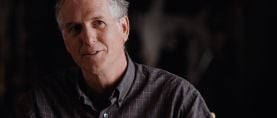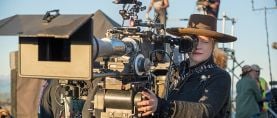
March Issue of American Cinematographer Arrives
The March 2017 issue of American Cinematographer magazine is now available, featuring a diverse slate of stories.

The March 2017 issue of American Cinematographer magazine is now available, featuring a diverse slate of stories:

- In the cover story, Anthony Dod Mantle, ASC, BSC, DFF re-teams with frequent collaborator Danny Boyle for the inventive sequel T2 Trainspotting:
Photographed by Brian Tufano, BSC and directed by Danny Boyle, 1996’s Trainspotting tells the story of a group of miscreant heroin junkies living in the Scottish capital of Edinburgh in the late 1980s. With no conventional plot to speak of, the film presents an ultra-stylish collage of lying, stealing, sex, violence, drinking and drug abuse — lots of drug abuse. But its raw emotion was what hooked cinematographer Anthony Dod Mantle, ASC, BSC, DFF.
“Trainspotting was the first time I’d been able to sit through 90 minutes of heroin abuse and not feel nauseated, and that’s because the filmmaking made it easy to identify with the characters,” Dod Mantle recalls. “It wasn’t just a fanzine for drug users and roughies and people who were f—ed up.” In the 20 years since the film’s release, Dod Mantle has become one of Boyle’s key collaborators, having photographed the features 28 Days Later (AC July ’03), Millions, Slumdog Millionaire (for which Dod Mantle won both an Oscar and an ASC Award; AC Dec. ’08), 127 Hours (AC Dec. ’10), Trance (AC May ’13) and now T2 Trainspotting, which will have an exclusive release on March 17 before going limited a week later and then into wide release on March 31.
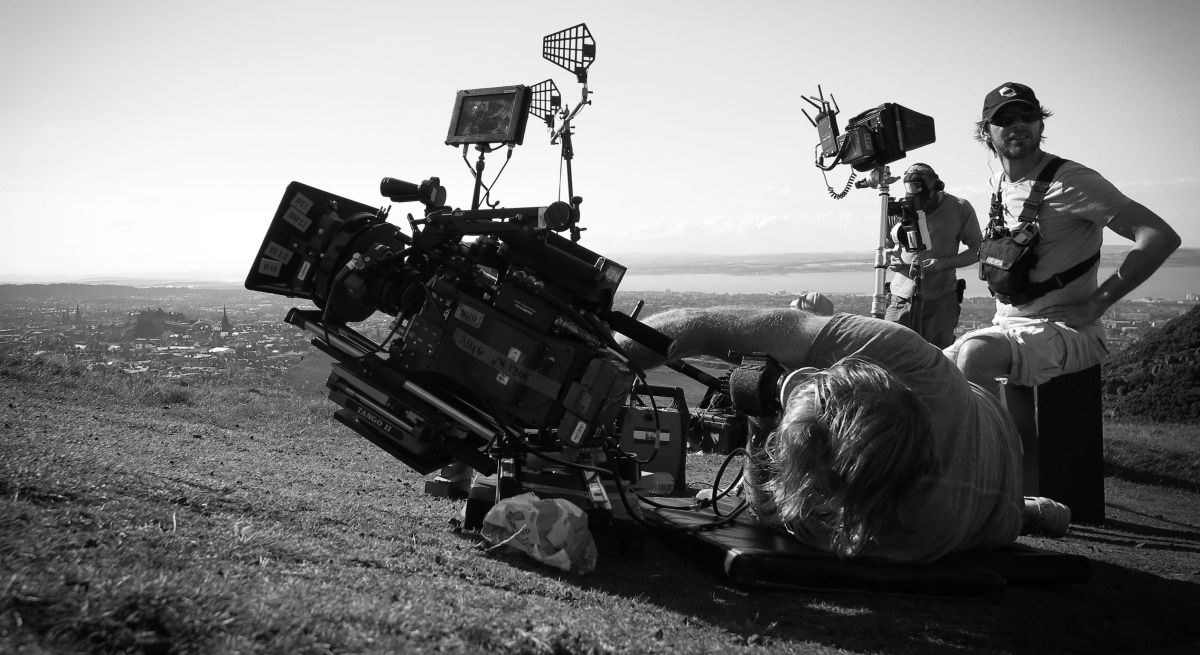
- Spirit Awards Salute Cinematography: Profiling five standout features that earned Best Cinematography nominations for Film Independent’s Spirit Awards, including director of photography James Laxton on his award-winning work in Moonlight:

Appropriately enough, given Moonlight’s heralded use of Miami settings, its roots begin at Florida State University, where cinematographer James Laxton and director Barry Jenkins first met. Laxton shot Jenkins’ student films and continued to work with the director, most notably on Jenkins’ acclaimed 2008 debut feature, Medicine for Melancholy.
“Because of my relationship with Barry, I had been hearing about Moonlight for a few years before I actually read the script,” Laxton recalls. When he did finally get his hands on the screenplay, Laxton was deeply moved by its tale of a young gay black man’s coming of age, told in three distinct time periods. “My initial response to the script wasn’t necessarily from a cinematographer’s perspective, or even a general filmmaking one,” he says. “It was more about how haunting and impactful the emotions it evoked were.” After a second and third reading of the piece, Laxton began to see the visual possibilities and agreed with Jenkins on an impressionistic style. “Realism is not really something we were going for,” he explains.

• Shooting on Location: Cinematographers and location managers recount their experiences finding and making the most of far-flung locales. Interviewees include Game of Thrones cinematographer Robert McLachlan, ASC, CSC:
Firmly seated on the Iron Throne as the granddaddy of all location-based series is HBO’s Game of Thrones (AC May ’12), which has so far aired six of its planned eight seasons. Rob McLachlan, ASC, CSC has been with the show since its third season, during which time he has shot eight full episodes and parts of several others. He marvels at how such a complicated production operates so smoothly.
“Game of Thrones has a completely unique system, in my experience, in that all 10 episodes of a given season are essentially being shot at the same time.” Speaking to AC by phone shortly after returning from Northern Ireland, where Thrones’ production office and stages are located, and where a good portion of the series is shot, he describes the complex approach.
“The first six seasons each consisted of 10 episodes and five directors. Each director was paired with a cinematographer and a first AD, and each ‘team’ was responsible for two back-to-back episodes. There are two separate but complete production units, Wolf and Dragon. Each has its own equipment; the packages are identical, including camera gear, grip equipment and lighting. Both crews are shooting at the same time, albeit in different locations — Wolf may be in Spain while Dragon is in Northern Ireland, or both might be at Titanic Studios in Belfast, shooting on different stages. The way the system operates, the crews stay put and the five director-cinematographer teams cycle in and out of the locations. This is only possible because Game of Thrones is comprised of numerous story threads that take place in different kingdoms, and the series boasts a large enough cast to keep both crews busy at all times. Cast availability is always part of the equation.”
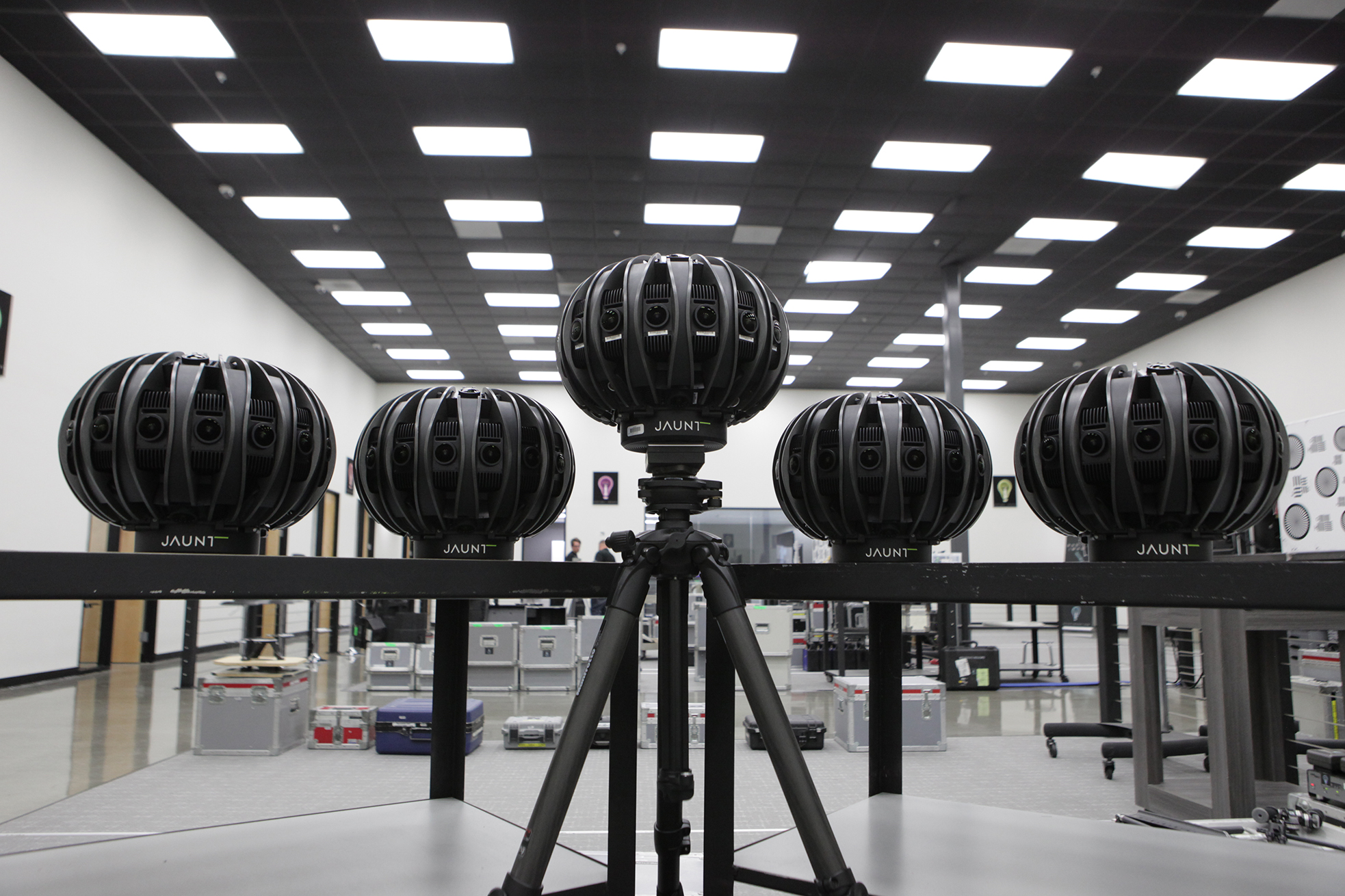
• Surveying the Virtual World: A group of leading participants in the increasingly popular — and accessible — arena of virtual reality offer their perspectives on the state of the industry:
Virtual Reality as a technology and an industry has enjoyed a renaissance over the past few years as digital processing power and sensor technology finally catches up with sci-fi-driven aspirations. The tools of the trade — software and hardware alike — remain in constant flux, with yesterday’s breakthroughs quickly becoming today’s standards. In separate interviews with a cross section of VR experts, AC asked about the technology, its challenges, audience demand, and where things may ultimately be headed.
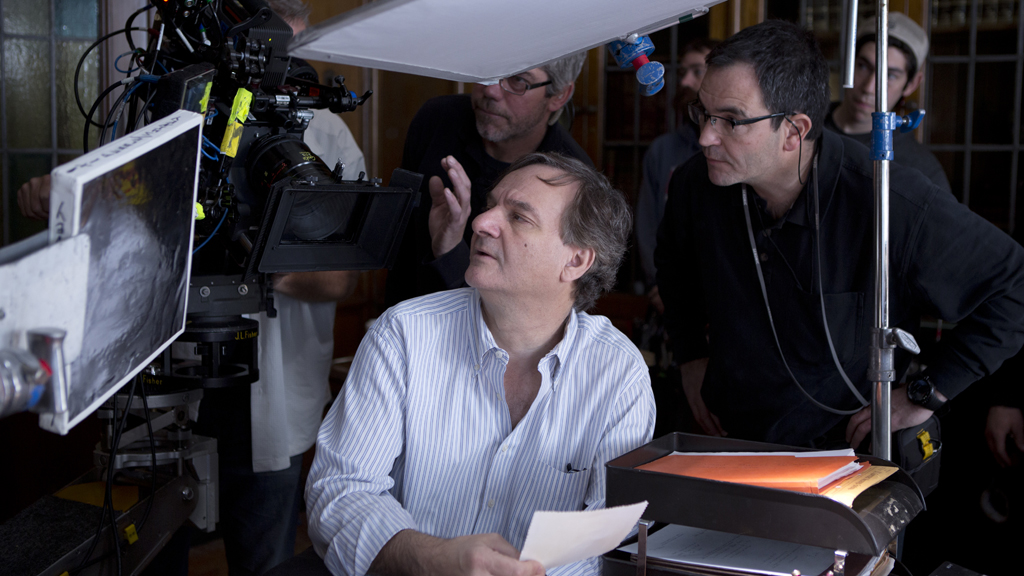
The issue also includes Stuart Dryburgh, ASC, NZCS and Zhao Xioding, CSC on The Great Wall; Antonio Riestra, ASC, AMC and director Robert Legato, ASC on their horror tale Eloise; and Italian cinematographer Valentina Caniglia, AIC on shooting the dramatic short The Stand.
Portions of this issue will soon be available on the ASC web site.


